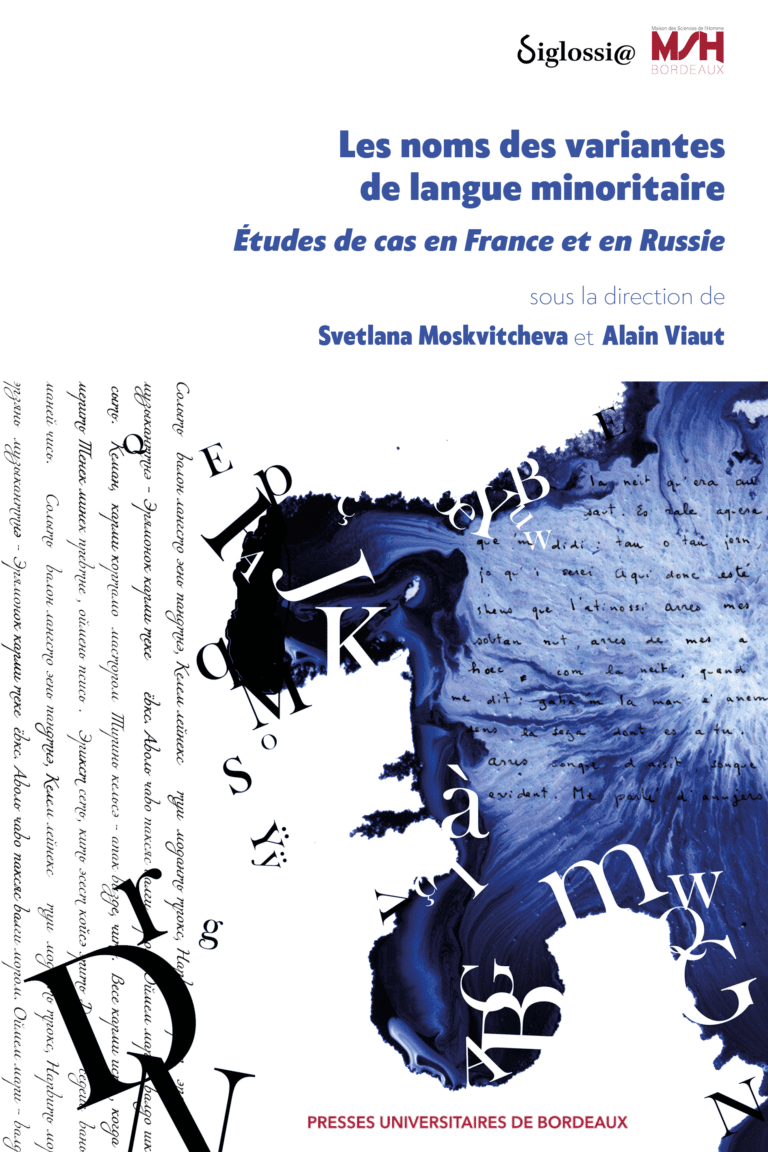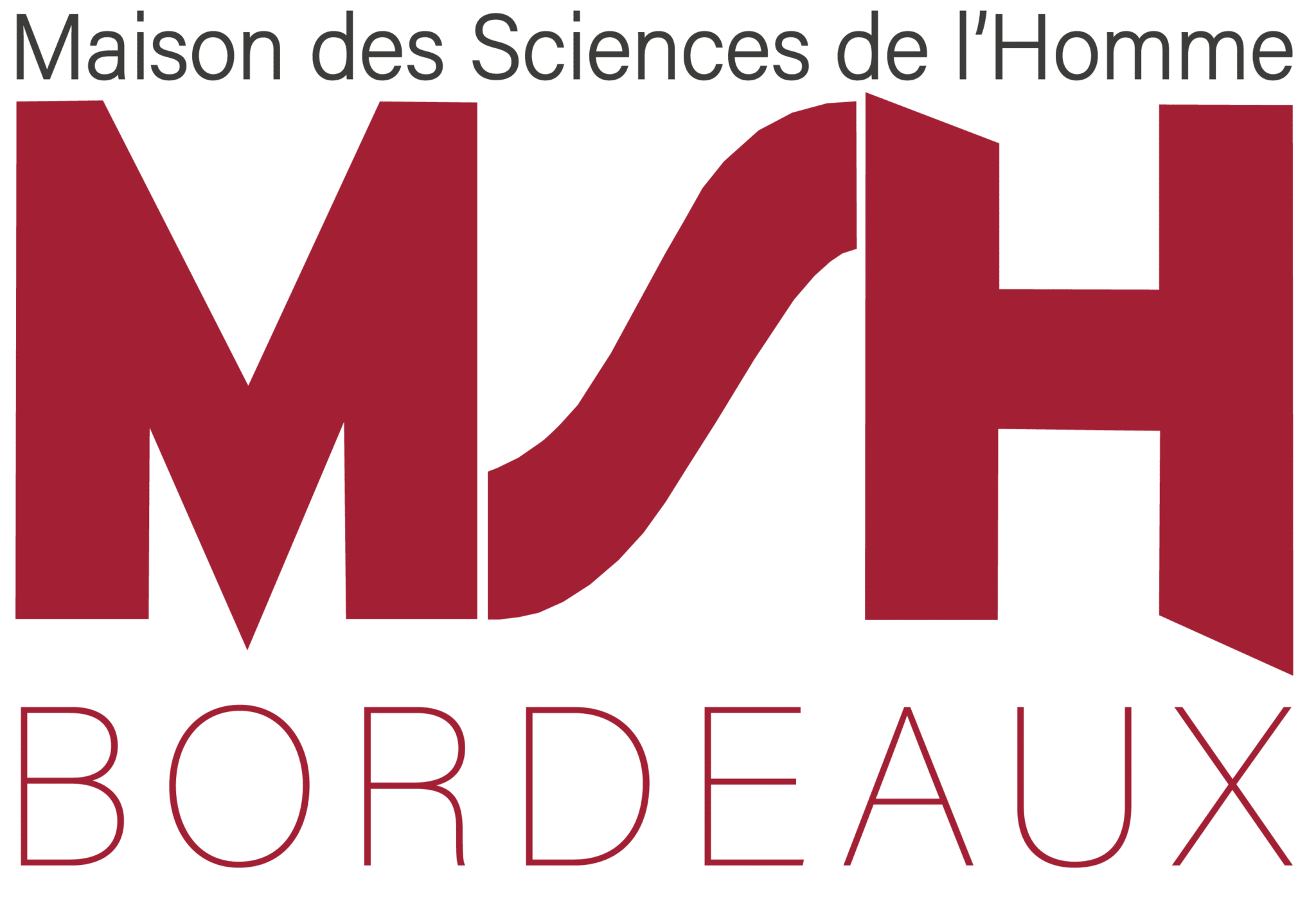Résumé
Les Maris sont une population autochtone de la région de la moyenne Volga mais, pour des raisons historiques, ils se distinguent par une forte dispersion. De par des contacts étroits avec les peuples voisins, trois sous-groupes ethniques de Maris, des collines, des prairies, et de l’est se formèrent, avec quatre dialectes, des collines, des prairies, de l’est et du nord-ouest, et également deux normes littéraires de la langue marie, celle des prairies et de l’est, et celle des collines.
À cet égard, la question des nominations du continuum linguistique mari est très complexe. La situation est aggravée par le fait que, tout au long du XXe siècle, deux tendances opposées coexistaient en ce qui concerne les noms des idiomes du mari. D’une part, il s’agissait de tentatives de les unifier et de créer une langue littéraire unique (principalement sur la base des dialectes les plus courants et démographiquement puissants du mari des prairies), d’autre part, il y avait le désir des locuteurs du mari de collines d’obtenir sa reconnaissance officielle en tant que langue distincte.
Ces tendances opposées, dans lesquelles les idéologies linguistiques et politiques se mêlèrent, se sont retrouvées non seulement dans la littérature de référence et scientifique des périodes respectives, mais également dans les documents officiels : selon la Constitution de la République de Mari El, le mari (des collines, des prairies) est, avec le russe, la langue officielle de la République de Mari El. En outre, les porteurs eux-mêmes des idiomes du mari, comme l’ont montré les résultats de notre enquête sociolinguistique, n’ont pas une opinion unanime sur les dénominations de ces derniers. La question du nombre de langues maries est davantage liée à l’appartenance des personnes interrogées au sous-groupe ethnique qu’au statut juridique attribué à tel ou tel idiome.
Mots-clés : Maris, langue marie, mari des collines, mari des prairies, langue littéraire, statut juridique de la langue.
The Maris and the nominations of the idioms
of the mari language
Abstract
Maris are indigenous people of the Middle Volga region, however, due to historical reasons, they are strongly dispersed. Close contacts with neighboring peoples led to the formation of three ethnic sub-groups, Hill, Meadow, Eastern, as well as four dialects: Hill, Meadow, Eastern and North-western, and two literary norms: Meadow-eastern Mari and Hill Mari.
Therefore, the problem of nominations of the Mari language continuum is very difficult. The situation is aggravated by the fact that in the XX c. two opposite trends co-existed in this regard. On the one hand, there were efforts to unify the idioms and create a single literary norm (mainly based on the most widespread and demographically powerful dialects of Meadow Mari); on the other hand, there were the attempts on the part of Hill Mari speakers to get the official recognition of their idiom as a separate language.
These opposite trends, with a strong mixture of linguistic and political ideologies, are reflected not only in the reference and scientific literature of the respective periods, but also in some top official documents: according to the Constitution of the Republic of Mari El, Mari (Hill, Meadow) is, along with Russian, the official language in the Republic of Mari El. Moreover, Mari speakers themselves, as the results of our sociolinguistic survey have shown, do not share a unanimous opinion on the names of Mari idioms. The question of the number of Mari languages is determined by the subethnic belonging of the respondents rather than the legal status assigned to this or that idiom.
Keywords: Maris, Mari language, Meadow Mari, Hill Mari, literary language, legal status of the language.
Марийцы и номинации идиомов марийского языка
Аннотация
Марийцы являются коренным населением Среднего Поволжья, однако в силу исторических причин отличаются сильной диаспоризацией. Ввиду тесного контакта с соседствующими народами сложилось три субэтнические группы мари – горные, луговые, восточные; выделяются четыре диалекта марийского – горный, луговой, восточный и северо-западный, имеются две литературные нормы марийского языка – марийская лугововосточная и горномарийская.
В этой связи вопрос номинаций марийского языкового континуума представляется крайне сложным. Ситуация усугубляется тем, что на протяжении XX в. сосуществовали две противоположные тенденции в отношении номинаций идиомов марийского: с одной стороны, это попытки унифицировать идиомы и создать единый литературный язык (преимущественно на базе наиболее распространенных и демографически мощных диалектов марийского лугового); с другой стороны, стремление носителей горномарийского идиома добиться официального признания его в качестве отдельного языка.
Эти противоборствующие тенденции, в которых смешались языковые и политические идеологии, нашли отражение не только в справочной и научной литературе соответствующих периодов, но и закреплены в официальных документах: согласно Конституции Республики Марий Эл, марийский (горный, луговой) является наряду с русским государственным языком в Республике Марий Эл. Кроме того, и сами носители марийских идиомов, как показали результаты нашего социолингвистического опроса, не имеют единодушного мнения относительно номинаций марийских идиомов. Вопрос количества марийских языков обусловлен скорее субэтнической принадлежностью опрошенных, а не юридическим статусом, закрепленным за тем или иным идиомом.
Ключевые слова: марийцы, марийский язык, марийский горный, марийский луговой, литературный язык, юридический статус языка.





